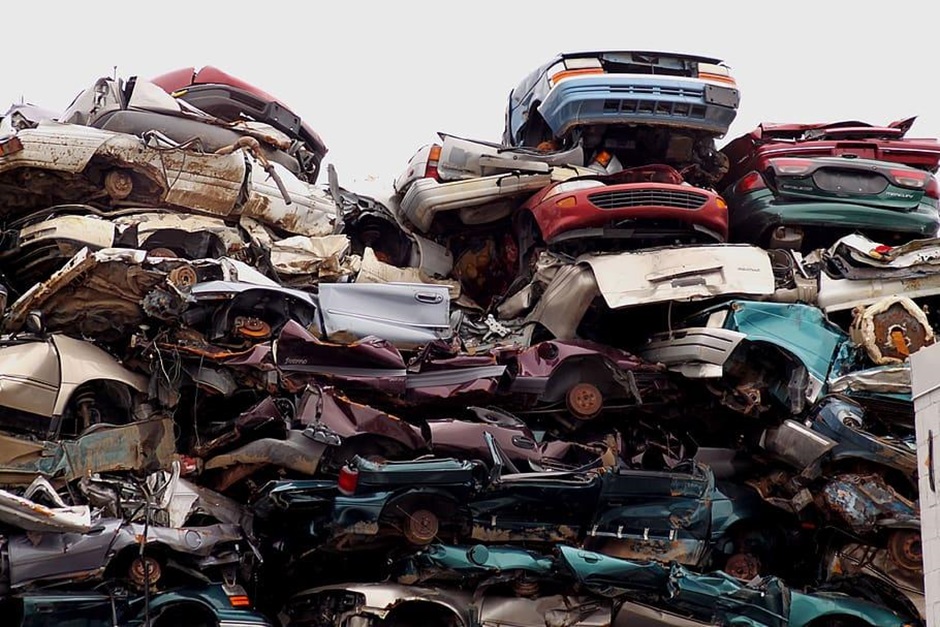In the scrap car recycling industry, metal balers are crucial for condensing scrap metal into compact, uniform blocks, making them easier to handle, transport, and sell. However, the significant capital investment required for these machines prompts a critical evaluation of their return on investment (ROI).
This article delves into the factors influencing the ROI of metal balers in scrap car recycling and how they justify their upfront costs.
Capital Costs vs. Operational Benefits
- Initial Purchase and Installation: The upfront cost of purchasing and installing a metal baler can be substantial. Depending on the baler’s size, capacity, and features, these costs can significantly impact the initial financial outlay.
- Operational Efficiency: Metal balers dramatically increase operational efficiency by reducing the physical space needed for stored scrap and decreasing transport costs. By baling metal, recyclers can ship more material in fewer loads, directly impacting logistics expenses.
- Labor Savings: Automating the compaction process reduces the need for manual labor, decreasing ongoing operational costs. This is particularly valuable in markets with high labor costs.
Calculating ROI
- Increased Revenue: Baled metals are generally more valuable than loose scrap because they are easier to handle, store, and transport. Recyclers can often negotiate better prices for baled scrap from foundries and mills, which prefer balers’ uniformity and density.
- Material Throughput: The baler’s capacity to quickly process large quantities of scrap directly influences the revenue potential. Faster processing times mean more scrap can be handled, boosting overall output and profitability.
- Cost Savings: Reduced transportation and storage costs contribute significantly to the ROI. Efficient baling reduces the trips required to transport material to buyers, lowering fuel costs and vehicle wear and tear.
Case Studies
Several case studies highlight the effectiveness of metal balers. For example, a medium-sized recycling facility reported a 25% reduction in transportation costs after acquiring a high-capacity baler.
Another case involved a scrap yard that saw a 20% increase in the price received for baled scrap metal compared to loose scrap, directly attributable to the improved marketability of the denser, cleaner bales.
Long-Term Considerations
- Maintenance Costs: Regular maintenance and occasional repairs are necessary to keep the baler running efficiently. These costs must be factored into the ROI calculation.
- Depreciation: Like any large machinery, balers depreciate over time. It is crucial to understand the depreciation rate and how it affects tax obligations and asset valuation.
- Market Fluctuations: The value of scrap metal fluctuates based on market conditions. Recyclers must stay informed about market trends to predict revenue streams accurately.
Conclusion
Increased revenue opportunities, operational efficiencies, and cost savings influence the ROI of metal balers in scrap car recycling. While the initial investment may be high, the long-term financial benefits, especially in high-throughput environments, often outweigh these costs.
Metal balers are a profitable investment for many scrap car recyclers because they enhance operational efficiency and reduce labor and logistics expenses.

